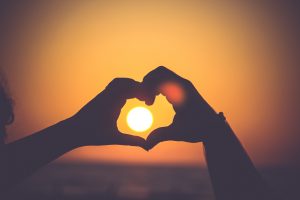2017 Solar Eclipse
 On Monday, August 21, 2017 there will be a solar eclipse visible across the United States and it’s a great opportunity to learn a little more about the sun and the moon! At EyeCare Associates, we want to make sure everyone experiences this event safely and is provided the knowledge to do so!
On Monday, August 21, 2017 there will be a solar eclipse visible across the United States and it’s a great opportunity to learn a little more about the sun and the moon! At EyeCare Associates, we want to make sure everyone experiences this event safely and is provided the knowledge to do so!
The sun outputs more power than our eyes are designed to handle and exposing them that kind of power can damage the retina. Solar eclipses are especially dangerous because the sun can come out from behind the moon and “surprise you” before you have a chance to look away. Improper viewing of the Sun can leave you with a retinal burn that may last for a few moments, days, or in worst cases – it can permanently damage your vision. It is especially important with children as a quick glance could have life-long effects.
The only safe way to look directly at the uneclipsed or partially eclipsed sun is through special-purpose solar filters, such as “eclipse glasses”, aluminized mylar, or a number 14 welders glass. (NASA Eclipse Viewing Recommendations) Do not use sunglasses: they DO NOT offer your eyes sufficient protection. On NASA’s Eclipse Safety Information web page, they report that there are four manufacturers who have certified that their eclipse glasses and handheld solar viewers meet the ISO 12312-2 international standard for such products: Rainbow Symphony, American Paper Optics, Thousand Oaks Optical, and TSE 17.
NASA Eclipse Safety Information 101 (great information!)
NASA Eclipse Viewing Recommendations